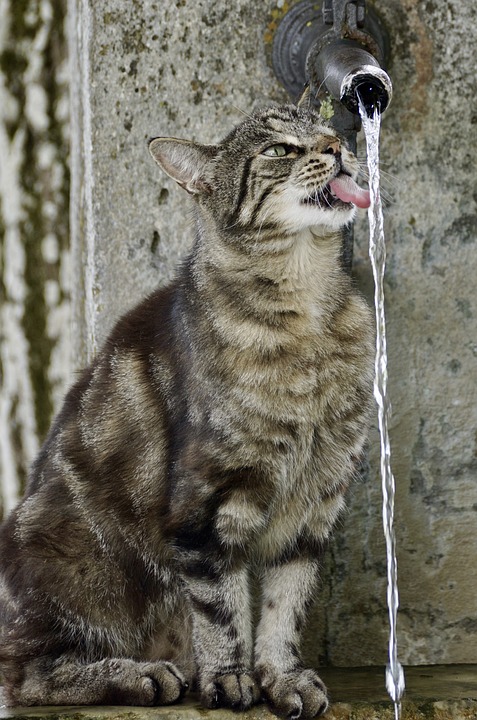By [Your Name]
Introduction:
Hairballs are a common issue faced by cat owners, but did you know that hairless cat breeds can also experience this problem? Despite their lack of fur, hairless cats still have hair follicles and can develop hairballs. In this article, we will explore effective strategies to prevent and manage hairballs in hairless cat breeds, as well as address frequently asked questions about this topic.
Understanding Hairballs in Hairless Cats
Hairballs occur when cats groom themselves and ingest loose hairs. These hairs can accumulate in their stomach, forming a compact mass that cannot be digested or passed through the digestive system. While hairless cats may not have as much fur as their furry counterparts, they still shed to some extent and can develop hairballs. The lack of fur can actually make it easier for hair to accumulate in their digestive system, leading to potential health issues if not properly managed.
Prevention Strategies for Hairless Cat Breeds
1. Regular grooming: Although hairless cats have less fur, regular grooming is still essential to remove loose hairs. Use a soft brush or a damp cloth to gently wipe their skin, removing any loose hairs and preventing them from being ingested during grooming sessions.
2. Balanced diet: A proper diet plays a crucial role in preventing hairballs. Provide your hairless cat with a high-quality cat food that promotes healthy digestion and reduces shedding. Consult your veterinarian for dietary recommendations tailored to your cat’s specific needs.
3. Hairball prevention products: There are various hairball prevention products available in the market, such as specialized cat treats or supplements. These products contain ingredients that help lubricate the digestive system, making it easier for hair to pass through the cat’s system naturally.
4. Regular exercise: Encourage your hairless cat to engage in regular exercise to help stimulate their digestive system. Playtime and interactive toys can provide mental and physical stimulation while also aiding in the natural expulsion of hair.
Managing Hairballs in Hairless Cat Breeds
1. Monitor your cat’s behavior: Keep an eye out for signs of hairballs, such as frequent hacking or coughing. If you notice any of these symptoms, it is important to take action promptly.
2. Hairball remedies: There are several hairball remedies available, such as specialized cat pastes or gels, which help lubricate the digestive system and facilitate the passage of hair. Consult your veterinarian for the most suitable hairball remedy for your hairless cat.
3. Regular veterinary check-ups: Regular visits to the veterinarian are essential for maintaining your hairless cat’s overall health. During these check-ups, your veterinarian can assess your cat’s digestive system and provide tailored advice on managing hairballs.
FAQs about Hairballs in Hairless Cat Breeds
1. Can hairless cats develop hairballs?
Yes, hairless cats can develop hairballs. Although they have less fur, they still shed to some extent, and loose hairs can accumulate in their digestive system.
2. Are hairballs dangerous for hairless cats?
Hairballs can be dangerous if not managed properly. They can cause blockages in the digestive system, leading to discomfort, vomiting, and loss of appetite. In severe cases, surgery may be required to remove the hairball.
3. How often should I groom my hairless cat?
Hairless cats should be groomed at least once a week to remove loose hairs and prevent them from being ingested during grooming.
4. Are there any specific hairball prevention products for hairless cats?
While there are no specific hairball prevention products exclusively designed for hairless cats, general hairball prevention products, such as specialized cat treats or supplements, can be effective in reducing hairball formation.
Conclusion:
Hairballs can be a concern for hairless cat owners, but with the right preventive measures and proper management, they can be minimized. Regular grooming, a balanced diet, and appropriate hairball remedies are key to ensuring the health and well-being of your hairless cat. Remember to consult your veterinarian for personalized advice and recommendations based on your cat’s unique needs.








